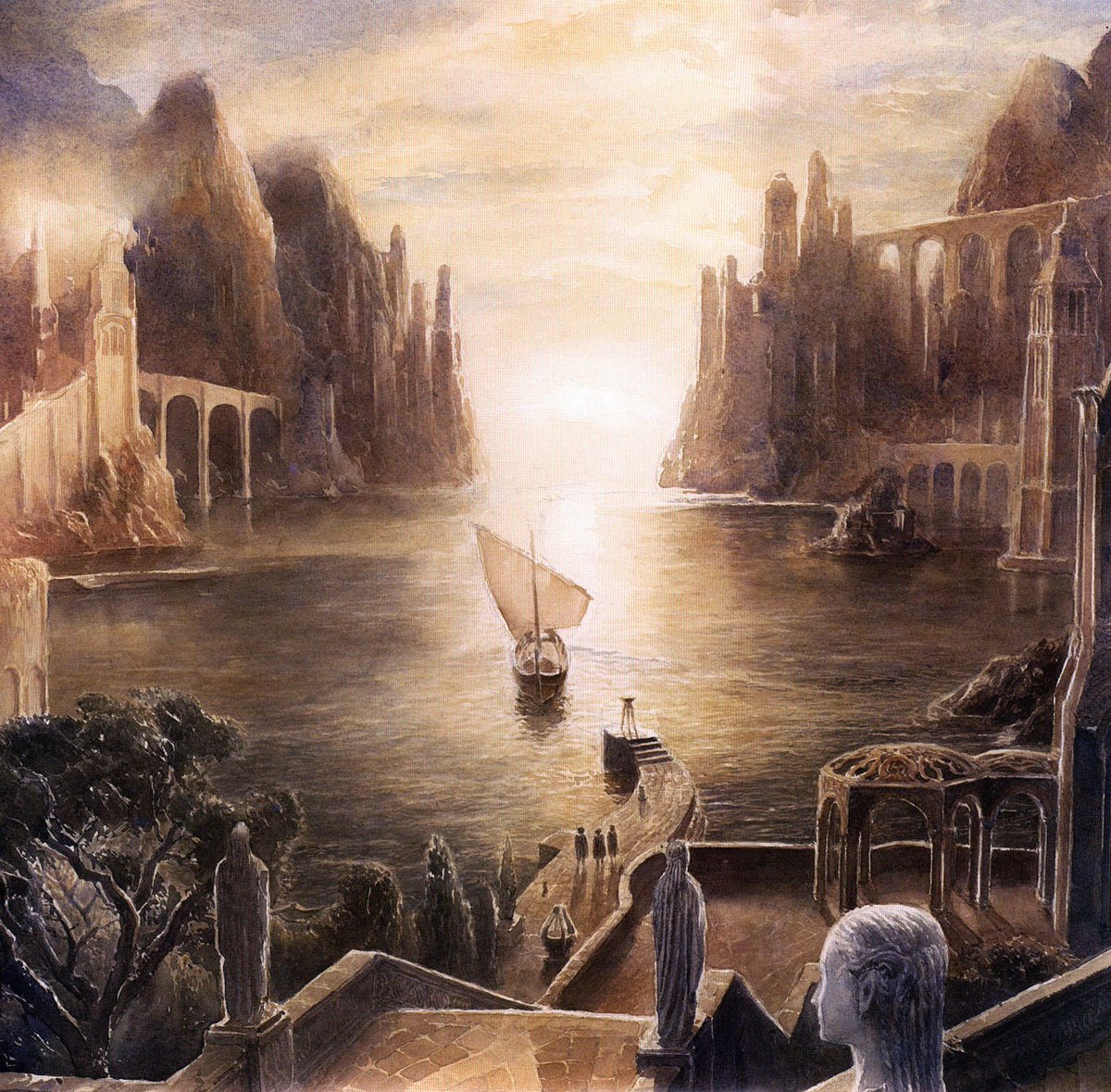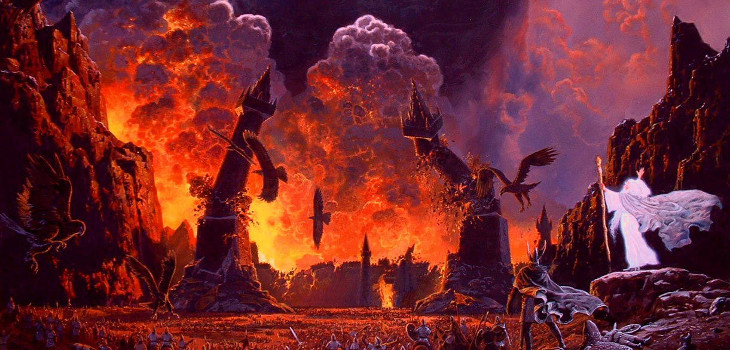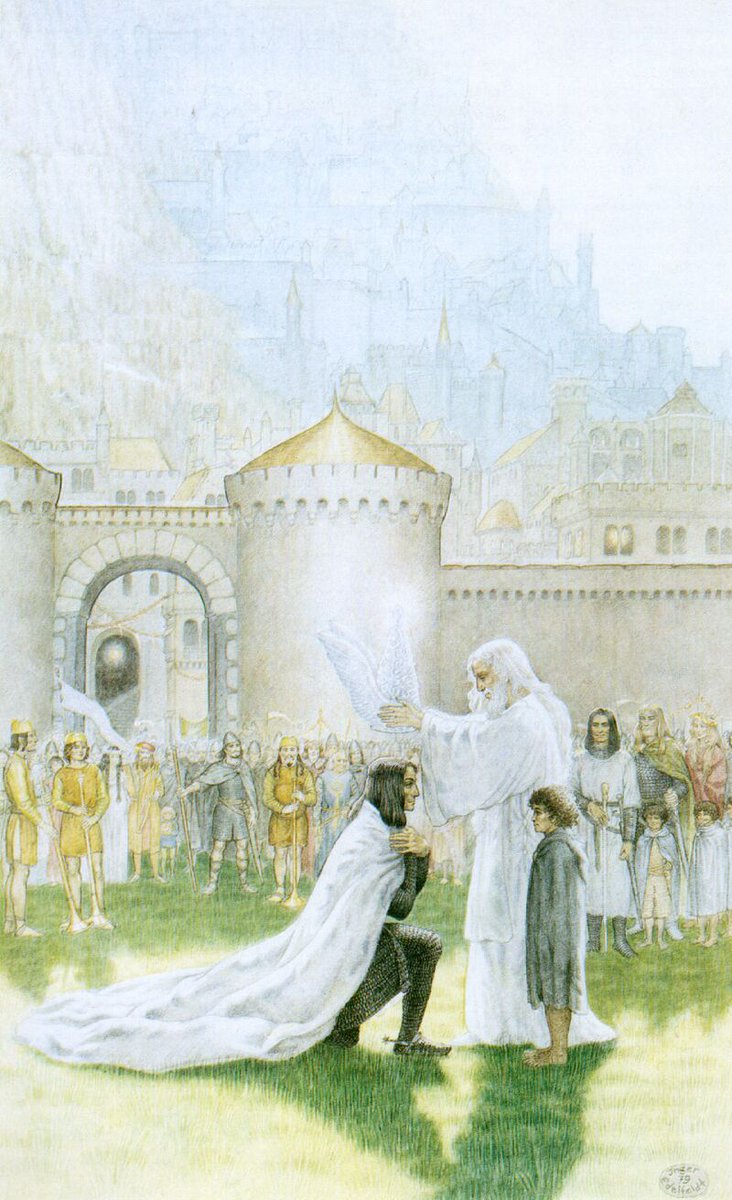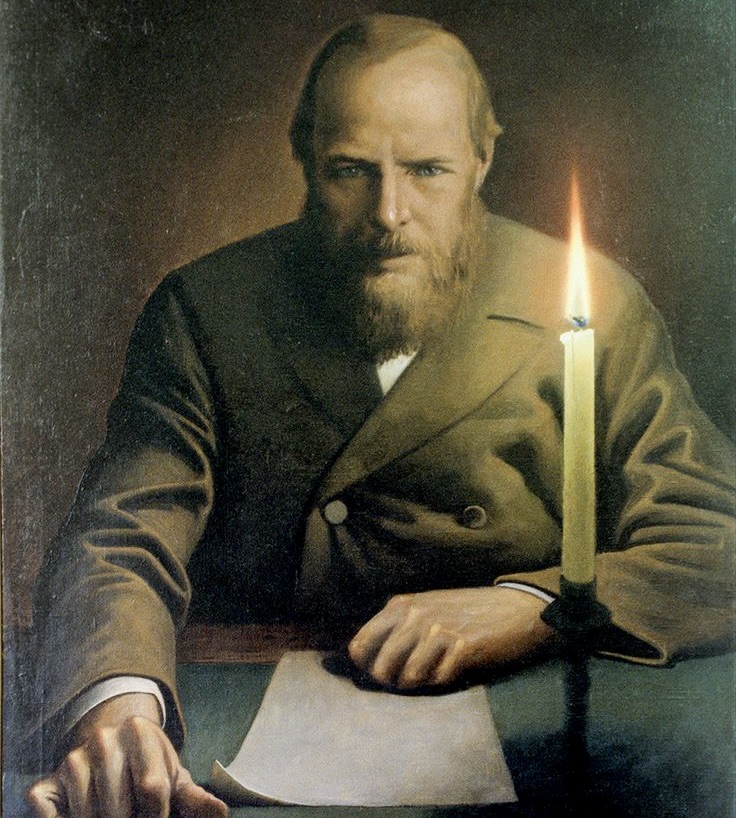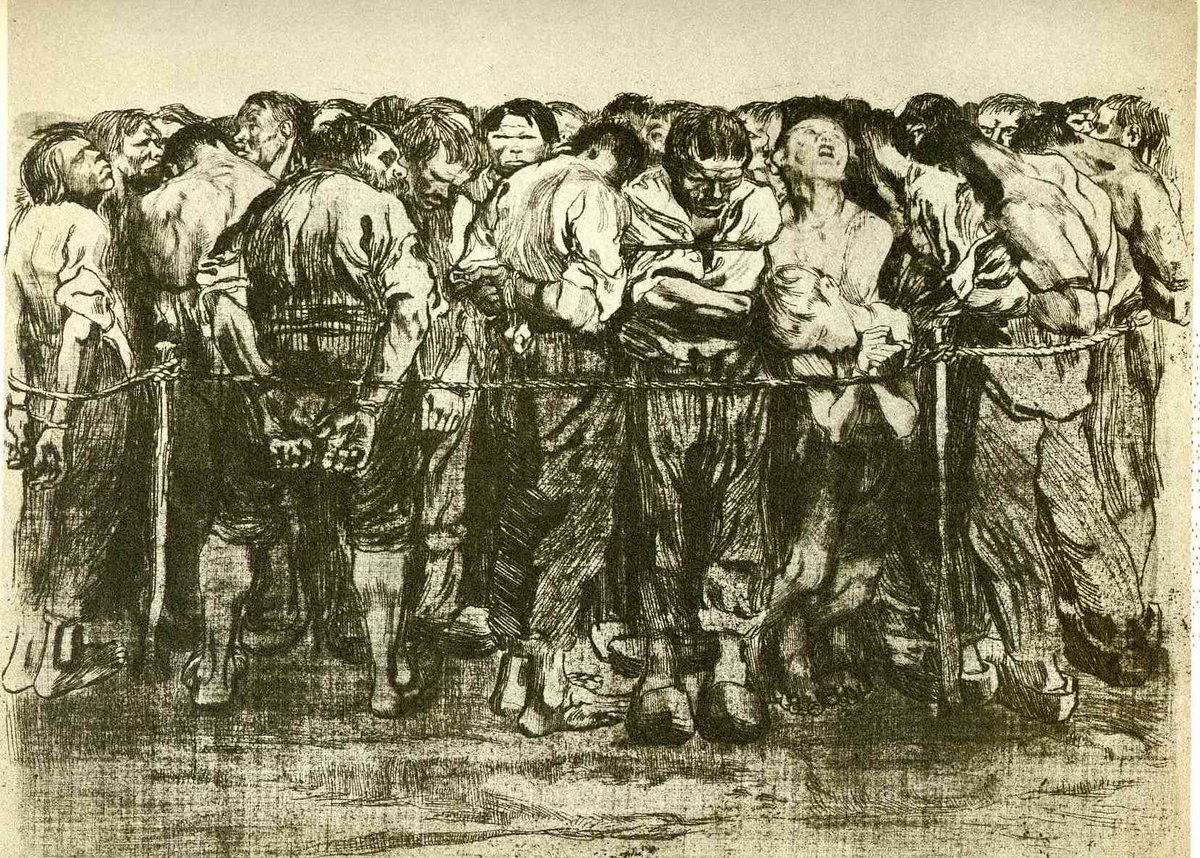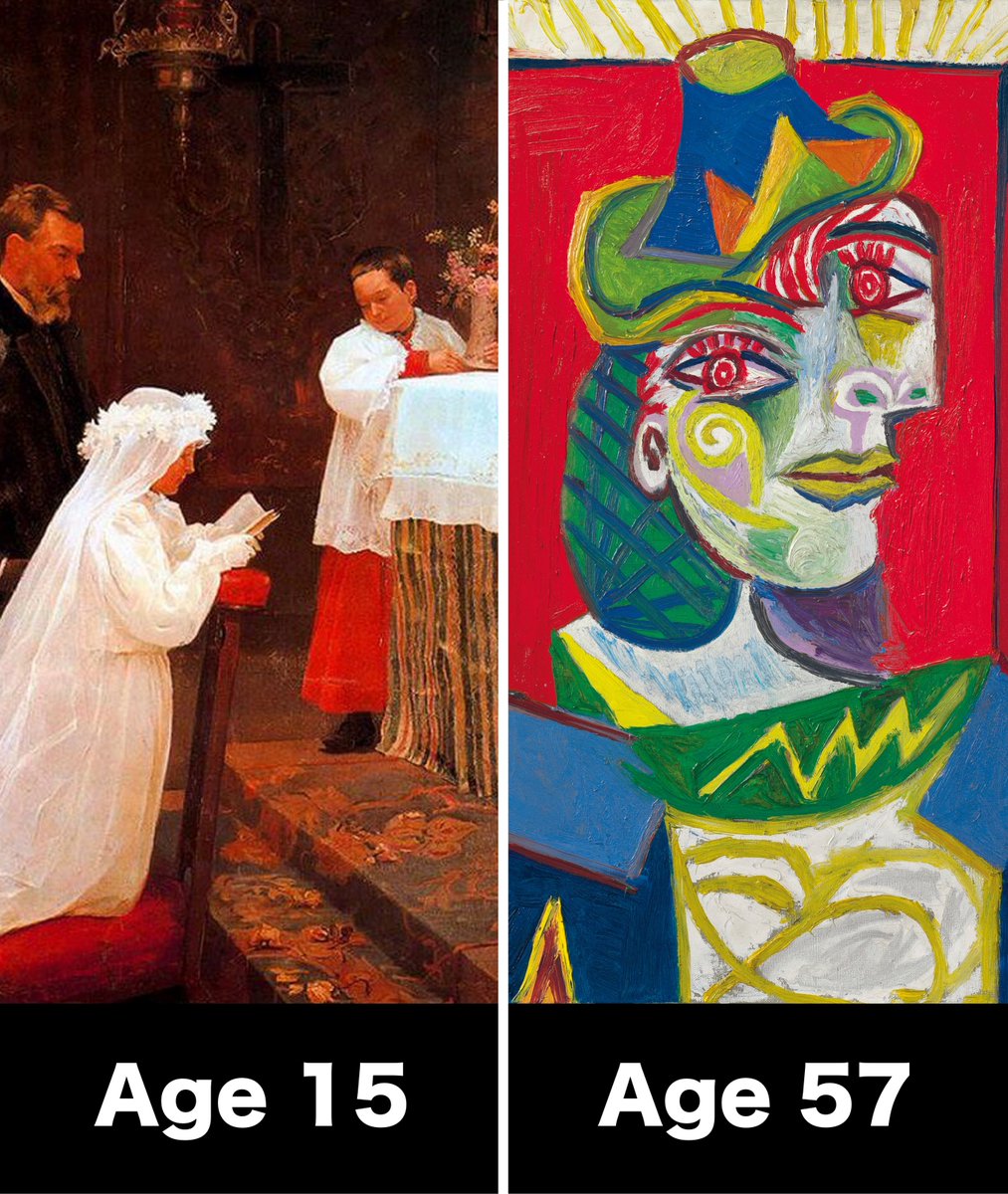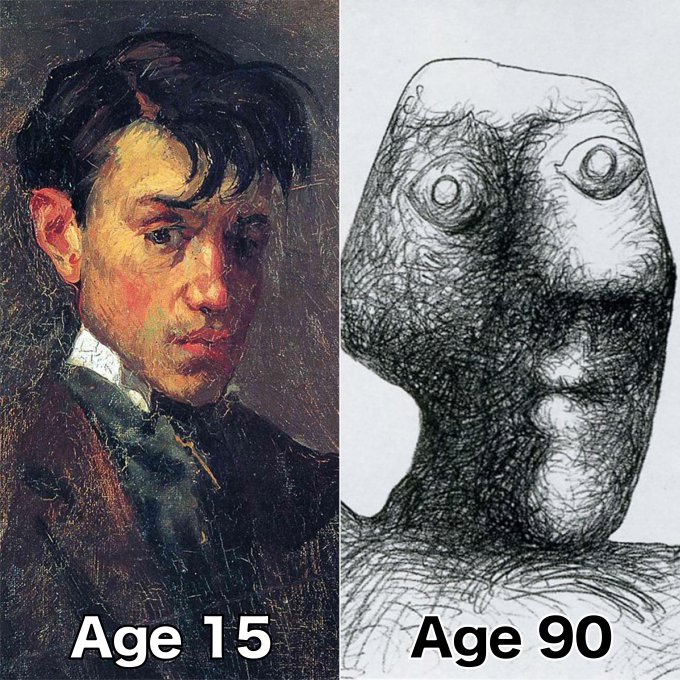Today in 1521, Spanish forces captured Tenochtitlan (Mexico City), thus ending the Aztec Empire.
They had discovered a city of unimaginable wealth and beauty — but harboring a dark secret.
Here's what they found... (thread) 🧵
They had discovered a city of unimaginable wealth and beauty — but harboring a dark secret.
Here's what they found... (thread) 🧵

It was a city in the middle of Lake Texcoco: a system of canals and floating gardens surrounding the Great Temple.
3 years later, this map was made of the former Aztec capital...
3 years later, this map was made of the former Aztec capital...

Spanish soldiers were utterly captivated by it, questioning whether it "were not a dream".
Bernal Díaz del Castillo described "great towers and cues and buildings rising from the water, and all built of masonry".
Bernal Díaz del Castillo described "great towers and cues and buildings rising from the water, and all built of masonry".

It would've been the largest city they'd ever laid eyes on. A 200,000+ population metropolis — five times the size of Madrid at the time.
To Bernal Díaz, it was an "enchanted vision".
To Bernal Díaz, it was an "enchanted vision".

At the center was this: the Templo Mayor.
In the Aztec worldview, this was the center of the world and a marker of the promised land. 13 levels of heaven rose above it, and 9 underworlds beneath.


In the Aztec worldview, this was the center of the world and a marker of the promised land. 13 levels of heaven rose above it, and 9 underworlds beneath.


Aside from remarkable masonry, it was a city of color, clean streets, and rich decorative details.
But it all masked a dirty secret...
But it all masked a dirty secret...

The Aztecs believed the sun god Huitzilopochtli was fighting a constant war against darkness.
In order for the sun to rise each day (defeating the moon and the stars), Huitzilopochtli must be fed by brutal human sacrifice.
In order for the sun to rise each day (defeating the moon and the stars), Huitzilopochtli must be fed by brutal human sacrifice.

In horrific rituals, a still-throbbing heart would be ripped from a prisoner of war, offered to the gods, then rolled down the steps of the Templo Mayor.
What was left of the victim was eaten by priests.
What was left of the victim was eaten by priests.

Sometimes it was done on immense scale. At the consecration of the Templo Mayor in 1487, Aztecs sacrificed over 80,000 prisoners — in four days. 

When the Spanish sieged the city, almost every other tribe in modern-day Mexico joined in alliance.
Fewer than 1,000 Spaniards, led by Hernán Cortés, sided with tens of thousands of indigenous allies.
Fewer than 1,000 Spaniards, led by Hernán Cortés, sided with tens of thousands of indigenous allies.

During a 93-day siege, Tenochtitlan was reduced to rubble.
Demolishing the Great Temple broke the Aztec resolve and put a spiritual end to their barbaric idolatry. Today, only its foundations are visible.
Demolishing the Great Temple broke the Aztec resolve and put a spiritual end to their barbaric idolatry. Today, only its foundations are visible.

Was that the end of the architectural grandeur of Mexico City? Absolutely not.
Using the dismantled stones of the temple, up went a wonder of Christian significance: the Metropolitan Cathedral.
Using the dismantled stones of the temple, up went a wonder of Christian significance: the Metropolitan Cathedral.

Over 250 years, generations helped the church, and its portal to heaven, rise upward.
The Churrigueresque (Spanish Baroque) Altar of the Kings is so large that it's almost its own separate room...
The Churrigueresque (Spanish Baroque) Altar of the Kings is so large that it's almost its own separate room...

The construction of New Spain adorned Mexico City with buildings that gave it a new name.
When German geographer Alexander von Humboldt visited in the 1800s, he christened it the "City of Palaces" — rivalling any major city in Europe.
When German geographer Alexander von Humboldt visited in the 1800s, he christened it the "City of Palaces" — rivalling any major city in Europe.

Ever since, Mexico City has been adding palaces (secular and religious) to its enviable collection.
Baroque gave way to Neoclassical, then to Art Nouveau and Art Deco — or all mixed together under one great ceiling of glass...


Baroque gave way to Neoclassical, then to Art Nouveau and Art Deco — or all mixed together under one great ceiling of glass...


If threads like this interest you, I go deeper every week in my FREE newsletter — do NOT miss tomorrow!
75,000+ people read it: art, history and culture 👇
culture-critic.com/welcome
75,000+ people read it: art, history and culture 👇
culture-critic.com/welcome
And another of Mexico City's modern wonders is this: the Gran Hotel Ciudad de México.
Its Art Nouveau ceiling consists of some 20,000 separate pieces of glass...
Its Art Nouveau ceiling consists of some 20,000 separate pieces of glass...

• • •
Missing some Tweet in this thread? You can try to
force a refresh


